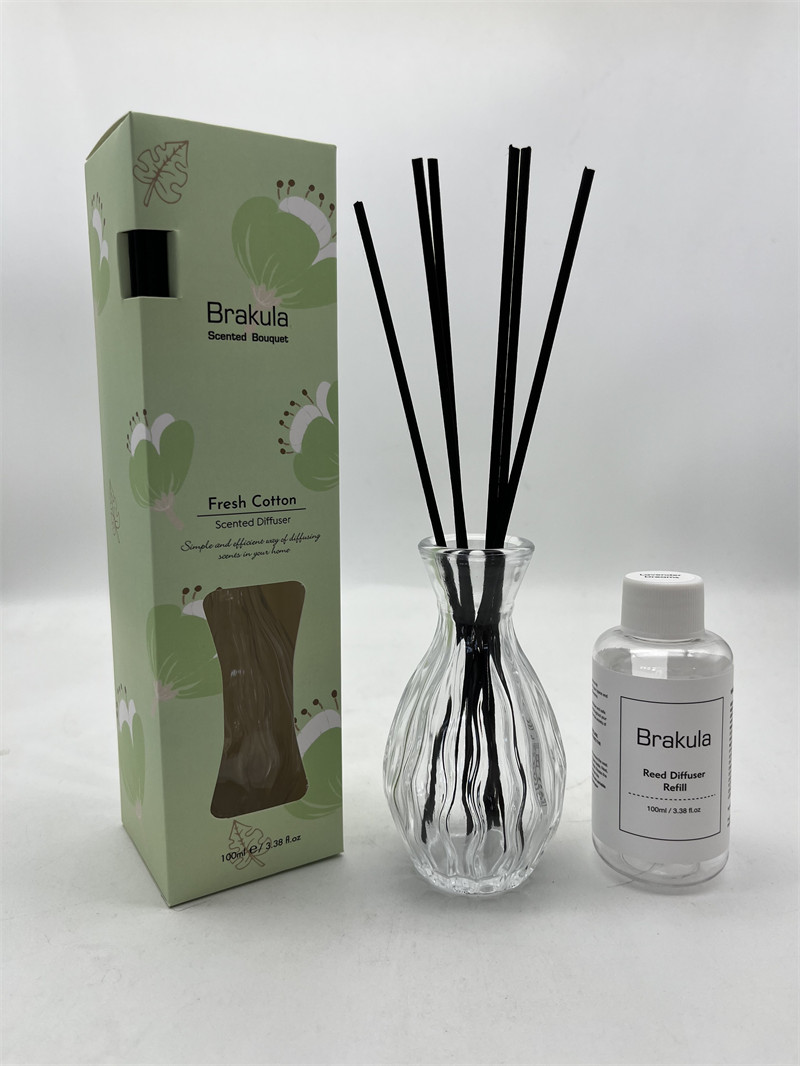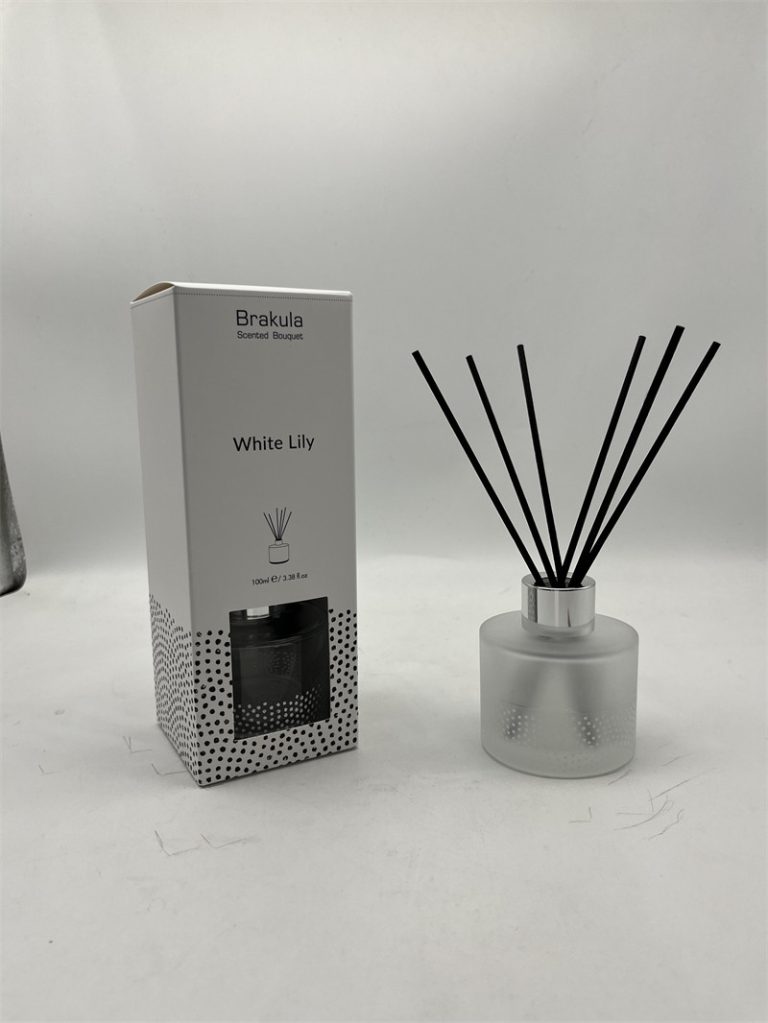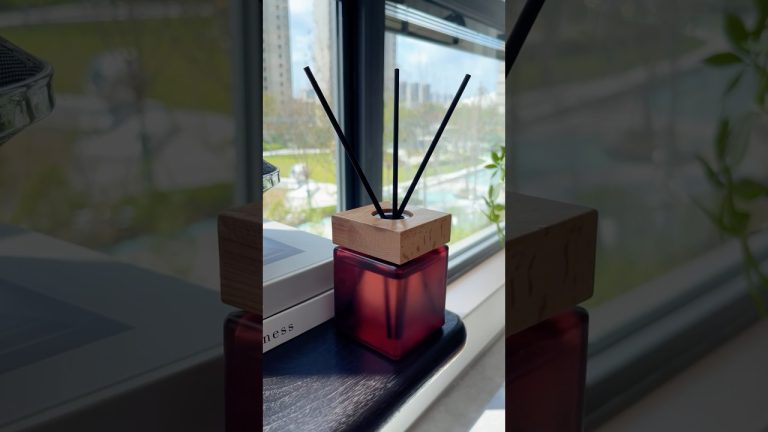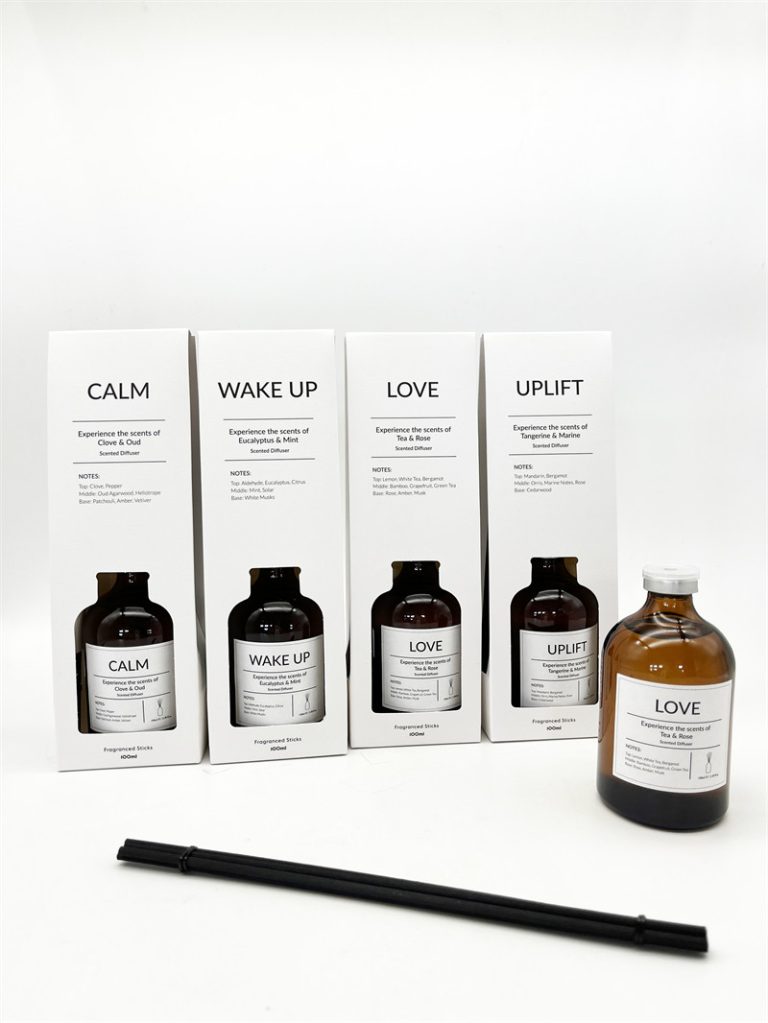Table of Contents
Potential Fire Hazards of Burning a Candle for More Than 4 Hours
Candles have been used for centuries as a source of light and ambiance. However, many people may not be aware of the potential dangers of burning a candle for an extended period of time. While candles can create a warm and inviting atmosphere, it is important to be mindful of safety precautions when using them.
When a candle is burned for more than 4 hours, several potential fire hazards can arise. One of the main risks is that the candle could become overheated, causing the wax to melt too quickly and potentially overflow the container. This can lead to a fire hazard, as the hot wax could ignite nearby objects or surfaces.
In addition, burning a candle for an extended period of time can also cause the wick to become too long. A long wick can create a larger flame, which can increase the risk of the candle tipping over or catching nearby objects on fire. It is important to regularly trim the wick of a candle to prevent it from becoming too long and causing a potential fire hazard.
Another potential danger of burning a candle for more than 4 hours is that the container could become too hot to touch. This can pose a risk of burns to anyone who comes into contact with the candle, especially children or pets who may not be aware of the danger. It is important to place candles on a stable surface away from flammable objects and to never leave a burning candle unattended.
Furthermore, burning a candle for an extended period of time can also increase the amount of soot and smoke produced. Soot is a black residue that can build up on the walls and ceiling of a room, as well as on the surface of the candle itself. Inhaling soot and smoke can be harmful to your health, especially if you have respiratory issues such as asthma or allergies. It is important to ventilate the room when burning a candle and to extinguish it if you notice excessive soot or smoke.

To minimize the potential fire hazards of burning a candle for more than 4 hours, it is important to follow some safety tips. First, always trim the wick of a candle to 1/4 inch before lighting it. This will help prevent the wick from becoming too long and creating a larger flame. Second, never leave a burning candle unattended and always place it on a stable surface away from flammable objects. Third, avoid burning a candle for more than 4 hours at a time and allow it to cool completely before relighting it.
In conclusion, while candles can add warmth and ambiance to a room, it is important to be mindful of the potential fire hazards of burning a candle for more than 4 hours. By following safety precautions and being aware of the risks, you can enjoy the beauty of candles without putting yourself or your loved ones in danger. Remember to always practice caution when using candles and never underestimate the power of fire safety.
Effects of Extended Candle Burning on Indoor Air Quality
Burning candles is a common practice in many households, whether for relaxation, ambiance, or to mask unpleasant odors. However, it is important to be aware of the potential consequences of burning a candle for an extended period of time, particularly when it exceeds the recommended limit of four hours. Extended candle burning can have a significant impact on indoor air quality, which can in turn affect our health and well-being.
When a candle burns, it releases various substances into the air, including soot, volatile organic compounds (VOCs), and particulate matter. These substances can have detrimental effects on indoor air quality, especially when candles are burned for an extended duration. Soot, for instance, is a black, powdery substance that is produced when the carbon in the candle’s wax does not completely burn. It can accumulate on surfaces and contribute to respiratory problems when inhaled.
https://reedaromalab.com/tag/high-quality-and-affordable-room-diffuser-china-makers
VOCs are another concern when it comes to extended candle burning. These chemicals are released as gases from burning candles and can include harmful compounds such as benzene, toluene, and formaldehyde. Prolonged exposure to VOCs can lead to a range of health issues, including headaches, dizziness, eye and throat irritation, and even long-term respiratory problems.
Particulate matter, consisting of tiny particles suspended in the air, is also a byproduct of burning candles. These particles can be inhaled and may cause respiratory issues, particularly for individuals with pre-existing conditions such as asthma or allergies. Extended candle burning can increase the concentration of particulate matter in the air, further exacerbating these health concerns.
In addition to the direct impact on indoor air quality, extended candle burning can also contribute to the accumulation of indoor pollutants. When candles burn for an extended period, the heat generated can cause the release of other pollutants present in the surrounding environment, such as formaldehyde from furniture or carpets. This can further degrade the air quality and pose additional health risks.
room diffuser To mitigate the negative effects of extended candle burning on indoor air quality, there are several steps that can be taken. Firstly, it is important to follow the manufacturer’s instructions and avoid burning candles for more than four hours at a time. This will help minimize the release of harmful substances into the air. Additionally, ensuring proper ventilation in the room where candles are burned can help dilute and remove pollutants from the air. Opening windows or using exhaust fans can facilitate the circulation of fresh air and reduce the concentration of indoor pollutants.
Choosing candles made from natural materials, such as beeswax or soy, can also be beneficial. These types of candles tend to produce less soot and emit fewer VOCs compared to candles made from paraffin wax. Furthermore, regularly cleaning surfaces to remove accumulated soot and dust can help maintain better indoor air quality.
In conclusion, burning a candle for more than four hours can have significant effects on indoor air quality. Soot, VOCs, and particulate matter released during extended candle burning can contribute to respiratory problems and other health issues. By following recommended guidelines, ensuring proper ventilation, and choosing candles made from natural materials, we can minimize the negative impact on indoor air quality and create a healthier living environment.
Impact of Prolonged Candle Burning on Candle Performance and Longevity
Candles have been used for centuries as a source of light, warmth, and ambiance. They are a popular choice for creating a cozy atmosphere in homes, restaurants, and other spaces. However, many people may not be aware of the potential risks associated with burning a candle for an extended period of time.
| Product Name | Scent Diffuser |
| Material | Ceramic |
| Suitable for | Basement |
| Scents | Lemon & Verbena, Patchouli & Incense |
| Capacity | Customized |
| Color | Blue |
| Origin | China Wholesaler |
| Duration | 1 year |
When a candle is burned for more than 4 hours, several negative consequences can occur. One of the most immediate impacts is that the candle may begin to produce excessive soot. Soot is a black, powdery substance that is created when the wick of the candle does not burn properly. This can not only create a mess on surfaces around the candle but can also pose a health risk when inhaled.
In addition to soot production, burning a candle for an extended period of time can also lead to the candle burning unevenly. This means that the wax may not melt evenly across the surface of the candle, causing it to tunnel down the center. This not only reduces the aesthetic appeal of the candle but can also shorten its overall lifespan.
Furthermore, prolonged candle burning can also result in the wick becoming too long. When a wick is too long, it can create a larger flame that burns hotter and faster, causing the candle to burn through its wax more quickly. This can lead to the candle burning out sooner than expected, reducing its overall longevity.
To prevent these negative consequences, it is important to follow proper candle burning guidelines. This includes trimming the wick to 1/4 inch before each use, ensuring that the candle is placed on a stable surface away from drafts, and never leaving a burning candle unattended. Additionally, it is recommended to extinguish a candle after 4 hours of continuous burning to prevent the issues associated with prolonged burning.
In conclusion, burning a candle for more than 4 hours can have several negative impacts on the candle’s performance and longevity. From excessive soot production to uneven burning and shortened wick length, there are several risks associated with prolonged candle burning. By following proper candle care guidelines and extinguishing a candle after 4 hours of continuous burning, you can help ensure that your candles burn safely and effectively. Remember, a little care goes a long way in preserving the beauty and functionality of your favorite candles.





